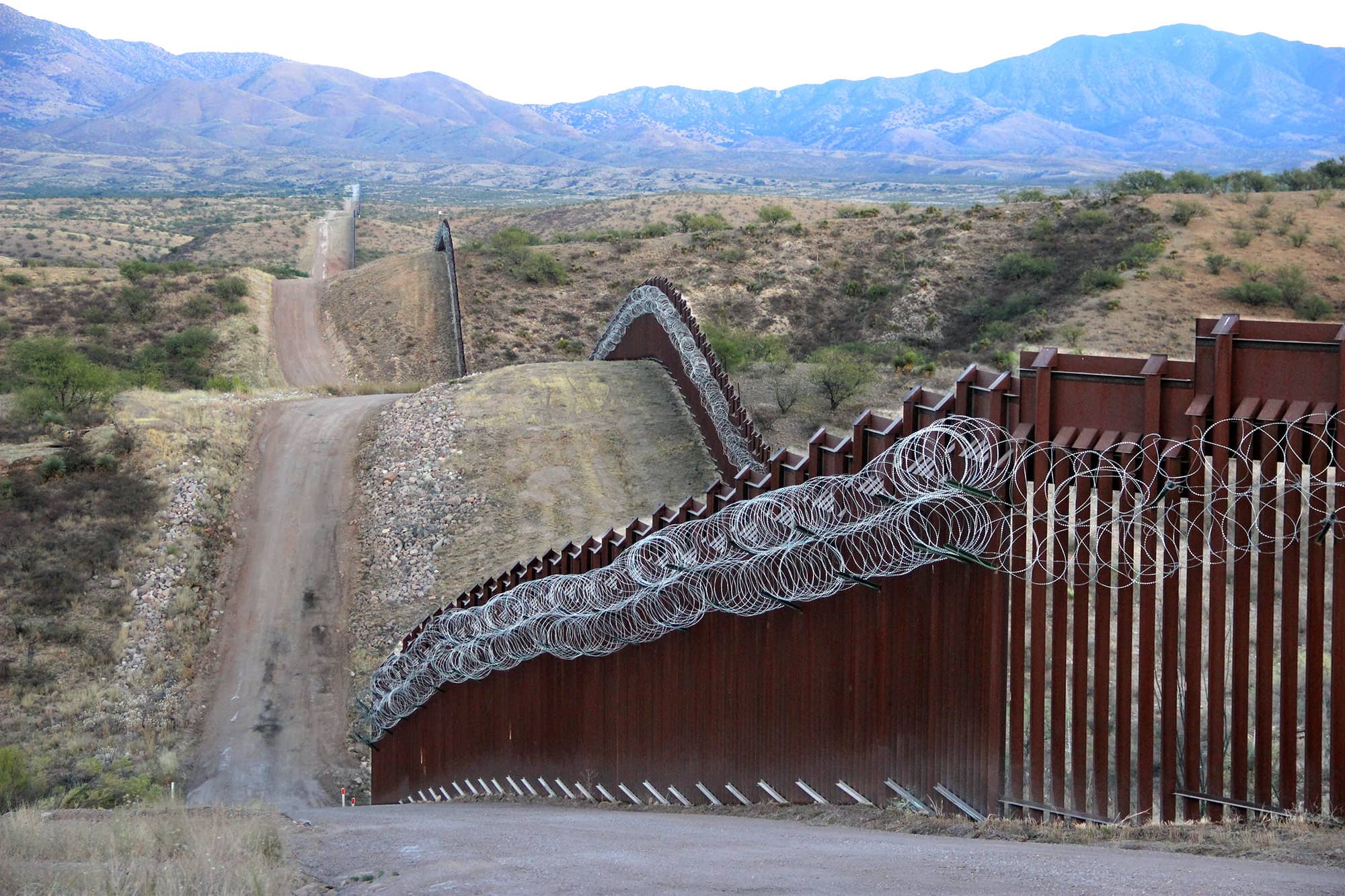When undocumented migrants cross the U.S.–Mexico border into southern Arizona, they face a perilous journey through the Sonoran Desert, some of the most inhospitable terrain in North America. Summer temperatures in the region routinely top 100 degrees Fahrenheit and water sources are few and far between. Hundreds of migrants die every year in the area, often succumbing to the effects of heat and dehydration.
Seeking to understand the impact of the extreme environment on migrants making the trek, a team of researchers modeled the physiological stress of walking through a commonly traversed stretch of the desert from Nogales to Three Points, Arizona. The study, which was published in the journal Science, shows that migrant deaths are concentrated in areas where evaporative water loss and dehydration are more likely.
“Crossing the border across these extreme environments is really dangerous for humans to do and in the next 30 years, with rising temperatures, it’s going to become even more extreme and push those levels to even further beyond what humans can actually sustain,” co-author Hallie Walker, a researcher at the University of Idaho, told The Guardian. “It is incredibly dangerous.”
In the 1990s, border-wall construction and heightened enforcement strategies near high-traffic corridors along the border led to greater numbers of undocumented migrants crossing through rugged, often desolate stretches of desert to avoid apprehension. More than 7,800 migrant deaths were reported from 1998 to 2019, “with many more deaths likely unreported,” according to the paper. Unauthorized crossings spiked to unprecedented levels in 2021, a trend that coincided with a record number of migrant deaths reported by U.S. Border Patrol.
Using information from migrant interviews, human physiology studies and fine-scale climate data, the researchers simulated the rate of water loss for a human traveling on foot along various routes to estimate the “water costs” of making the journey during summer months, including for adult males, pregnant and non-pregnant women, and children.
The researchers then combined multiple, publicly available climate-projection models to predict monthly temperature estimates for 2050. Based on a middle-of-the-road warming model, the projected increases in temperature over the next 30 years are likely to increase the average water cost during migration by 30 to 34 percent.
“Taken together, these results indicate that undocumented migration across the southwest border of the United States will become increasingly dangerous over the next 30 years, which will likely result in increased mortality of migrants,” the authors write.
As political, economic and climatic conditions — paired with an enforcement strategy that funnels migrants into extreme environments — force a growing number of migrants to attempt unauthorized crossings through the Sonoran Desert, assessing the “intersecting impacts of social policy and climate change on human stress and physiology will be of increasing importance as the climate warms,” the researchers say.



